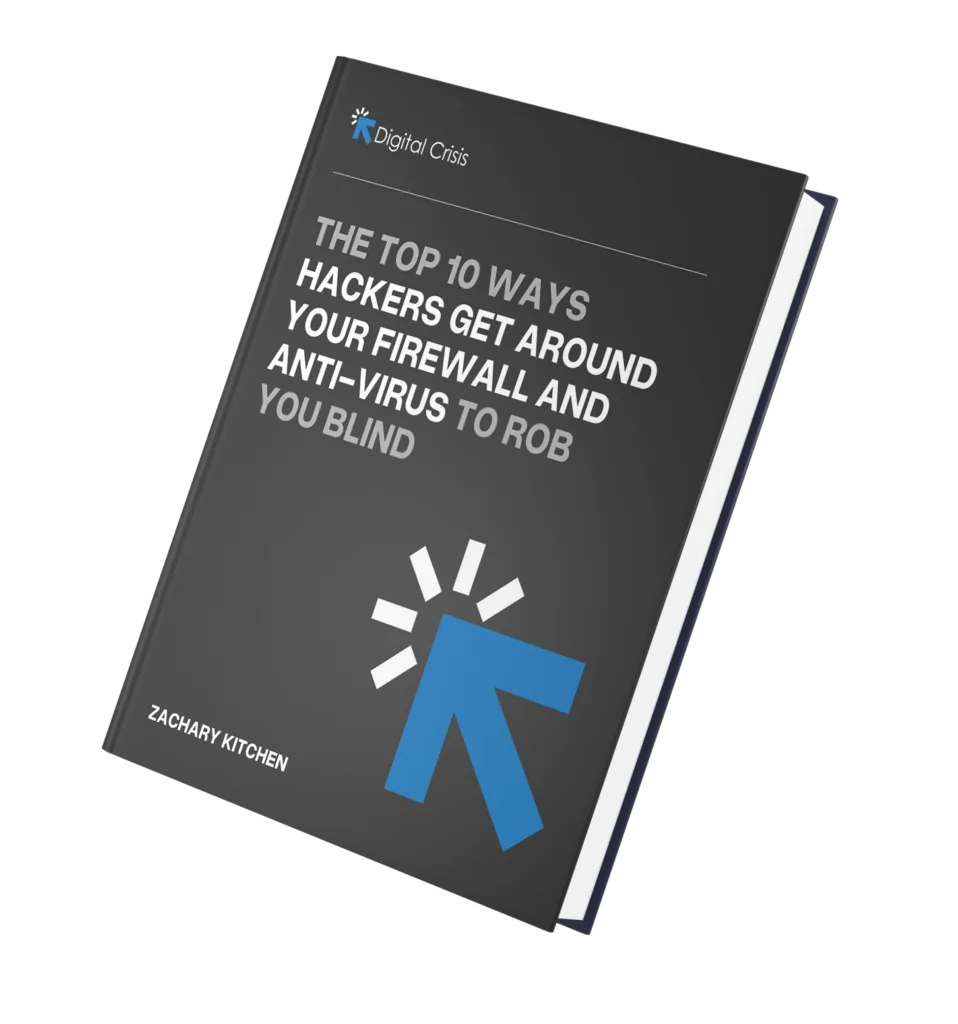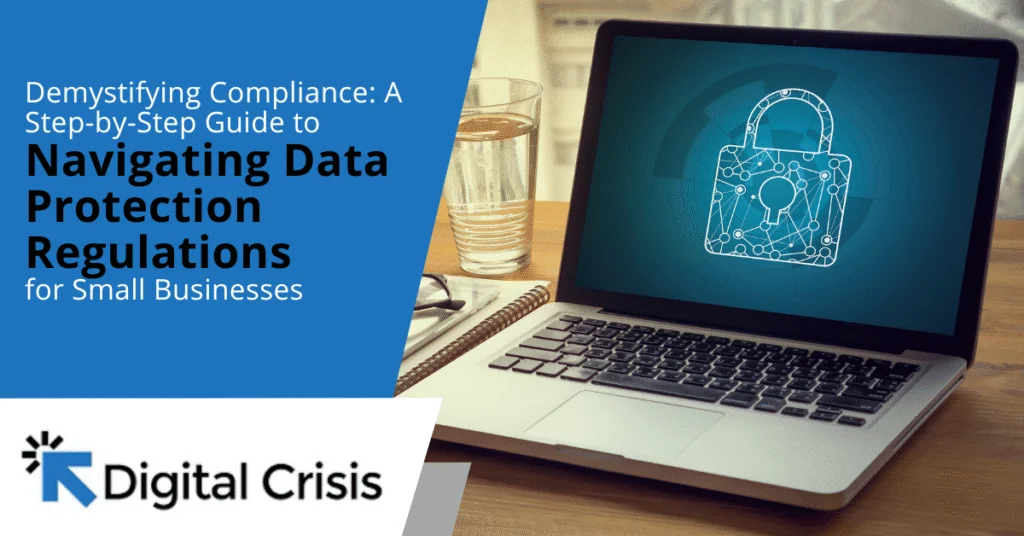The Human Firewall: Empowering Employees to Be Your First Line of Defense Against Cyber Threats
Cyber threats aren’t just targeting big corporations anymore. Small and mid-sized businesses are now in the crosshairs and the weakest link in your cybersecurity might not be what you think. It’s not your firewall. It’s not your antivirus. It’s your people.
That’s not a dig at your team. It’s just the reality that human error is behind the majority of data breaches. But here’s the twist. Your employees can also be your strongest defense. When you invest in the right training and awareness, you’re not just preventing cyber threats. You’re building a human firewall that’s resilient, alert, and ready.
So, how do you transform your workforce from a risk to a resource? Let’s dig into how empowering employees helps your business stay safe and competitive.
Why Employee Awareness Is Critical to Cybersecurity
We get it, technology is impressive. You’ve got firewalls, encryption, antivirus software, endpoint detection, and maybe even DNS filtering. But here’s the thing. No matter how advanced your tech is, it’s still vulnerable if your people aren’t prepared. According to Verizon’s 2023 Data Breach Investigations Report, a staggering 74% of breaches involve a human element.
That includes everyday mistakes like:
- Falling for phishing emails
- Using weak or reused passwords
- Clicking on suspicious links
- Misplacing or losing devices with sensitive data
It’s not that employees are careless. They’re just busy and unaware. Cybercriminals know this and exploit it with increasingly clever tactics. That’s why employee cybersecurity awareness isn’t a “nice to have”.Without proper training, even the most sophisticated cybersecurity tools can be rendered useless. To truly protect your business, you need to empower your team to become an active part of your defense strategy.
Common Cyber Threats Employees Face Every Day
Cybercriminals don’t just go after systems, they go after people. And your employees are often the first target. Here are some of the most common threats your team faces daily, whether they realize it or not:
Phishing Emails
Still the number one threat. These emails are crafted to look like they come from trusted sources, including banks, vendors, delivery services, or even a coworker.
They often include:
- Suspicious links leading to fake login pages
- Urgent requests for sensitive information (“Act now or lose access!”)
- Attachments containing malware
Verizon’s report of 2023 reveals that phishing is responsible for over 36% of breaches.
Business Email Compromise (BEC)
Also known as CEO fraud, BEC scams involve impersonating high-level executives or trusted partners. The goal? Trick an employee into:
- Wiring funds to a fraudulent account
- Sending confidential business data
- Updating payment info for fake vendors
These attacks often bypass traditional spam filters because they don’t contain links or malware, just social engineering.
Password Attacks
Weak or reused passwords are a hacker’s dream. With automated tools, cybercriminals can guess simple passwords in seconds.
Key threats include:
- Brute-force attacks (trying all possible combinations)
- Credential stuffing (using leaked passwords from other sites)
IBM reports that compromised credentials account for 19% of data breaches.
Social Engineering
Sometimes, the attack isn’t technical at all. Social engineering involves manipulating people to gain access to information or systems.
Tactics include:
- Pretexting – Pretending to be someone else to get info
- Baiting – Leaving infected USB drives around the office
- Tailgating – Physically following someone into a secure area
Malicious USB Devices
Employees may unknowingly plug in USB drives they find around the office or in conference swag bags. These devices can auto-run malware the moment they’re connected to a computer, as no clicks are required.
It’s a sneaky tactic that’s still shockingly effective.
Public Wi-Fi Exploits
Checking emails over coffee shop Wi-Fi? That innocent connection might not be secure. Hackers can set up fake access points (called “Evil Twins”) that mimic real networks. Once connected, everything an employee sends (including passwords) can be intercepted.
How to Empower Employees to Be Your First Line of Defense Against Cyber Threats
Cybersecurity is more than just the responsibility of your IT department or security software. It’s a collective effort that involves everyone in your organization. While tools like firewalls and antivirus software are crucial, they can’t compensate for human error. By empowering your employees with the right knowledge, skills, and mindset, you can turn them into a formidable defense against cyber threats.
Let’s explore how you can make your employees your first line of defense against cyberattacks.
Make Cybersecurity Part of Company Culture
Cybersecurity should be a natural part of your company’s culture, not something that’s just discussed during training sessions. When leadership shows commitment to security, it trickles down to all employees. Integrating security into everyday practices helps make it a shared responsibility across the organization.
- Encourage leadership to model security-first behavior.
- Integrate security practices into regular team conversations.
- Help employees view cybersecurity as a personal responsibility, not just an IT task.
Deliver Engaging, Role-Based Cybersecurity Training
Effective cybersecurity training is more than just checking off a box. It should be engaging, tailored to employees’ specific roles, and relevant to their daily work. Employees need to understand the types of threats they’re most likely to face and how to recognize them. Role-based training ensures that each team knows exactly what’s relevant to them.
- Use interactive formats like quizzes and simulations to make learning engaging.
- Tailor training to fit each department’s specific cybersecurity risks.
- Provide regular, bite-sized refreshers to keep security top of mind.
Run Phishing Simulations with Constructive Feedback
Phishing attacks are one of the most common ways cybercriminals gain access to a company’s systems. By simulating phishing attempts, employees get hands-on experience in identifying these threats in a controlled environment. Constructive feedback after each simulation helps employees learn from mistakes and improves their ability to spot real attacks in the future.
- Regularly simulate realistic phishing attempts.
- Offer feedback to help employees recognize signs of phishing.
- Track progress and adjust training based on performance.
Simplify Access to Secure Tools and Policies
Even the best security protocols can be undermined if they’re too complicated to follow. It’s crucial that your security tools and policies are easy to access and implement. The simpler you make it for employees to use secure tools, the more likely they are to adopt them.
- Promote the use of password managers to keep credentials safe.
- Implement multi-factor authentication (MFA) to add extra layers of protection.
- Ensure that reporting suspicious activities is straightforward and accessible.
Foster Open, Two-Way Communication
Effective cybersecurity is built on strong communication. Employees should feel comfortable asking questions, reporting issues, or flagging suspicious activities without fear of retribution. Regular communication channels and feedback loops help keep security concerns at the forefront of everyone’s mind.
- Create feedback channels where employees can share concerns and experiences.
- Hold department-specific meetings to address unique challenges each team faces.
- Build a culture where reporting potential threats is encouraged and not penalized.
Recognize and Reward Secure Behavior
Recognition and rewards can go a long way in promoting good security practices. By publicly acknowledging employees who follow security best practices, you encourage others to follow suit. A positive reinforcement system also helps maintain high engagement with security programs.
- Publicly recognize employees who consistently follow security protocols.
- Introduce gamification into security training to make it engaging and competitive.
- Offer small incentives or recognition to motivate employees to stay vigilant.
Include Cybersecurity in Onboarding and Offboarding
Cybersecurity should be introduced as soon as an employee joins the company and be revisited when they leave. During onboarding, employees should be made aware of security policies, and during offboarding, any access they have to systems should be immediately revoked to avoid potential risks.
- Ensure new employees are trained on cybersecurity policies from day one.
- Immediately revoke system access during offboarding to prevent unauthorized access.
- Include security as a core part of the onboarding process, making it clear from the start.
Promote Personal Cyber Hygiene Beyond the Workplace
Cyber hygiene extends beyond the workplace. Personal devices and networks are often linked to company systems, so employees should carry good cybersecurity practices into their personal lives. By encouraging secure behaviors both at work and at home, you reduce the risk of personal data being used in attacks against your business.
- Advise employees to use strong passwords and keep devices updated.
- Encourage employees to avoid using public Wi-Fi for work-related tasks.
- Suggest identity theft protection tools to safeguard personal data.
Empowering your employees with the right tools, training, and mindset helps transform them from a potential vulnerability into your strongest asset in cybersecurity. The right approach to culture, communication, and ongoing education can go a long way in safeguarding your organization against cyber threats.
Ready to Strengthen Your Human Firewall?
Don’t wait until after the breach. At Digital Crisis, we will help you build a cyber-ready team that stops threats before they start. Contact us today and we will empower your people. Protect your business. Sleep better at night.











